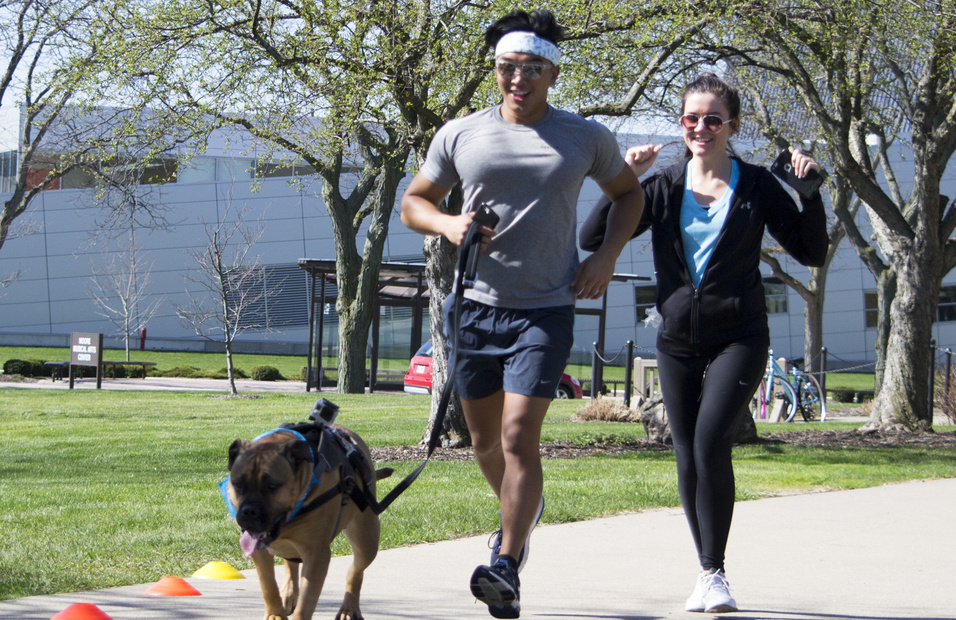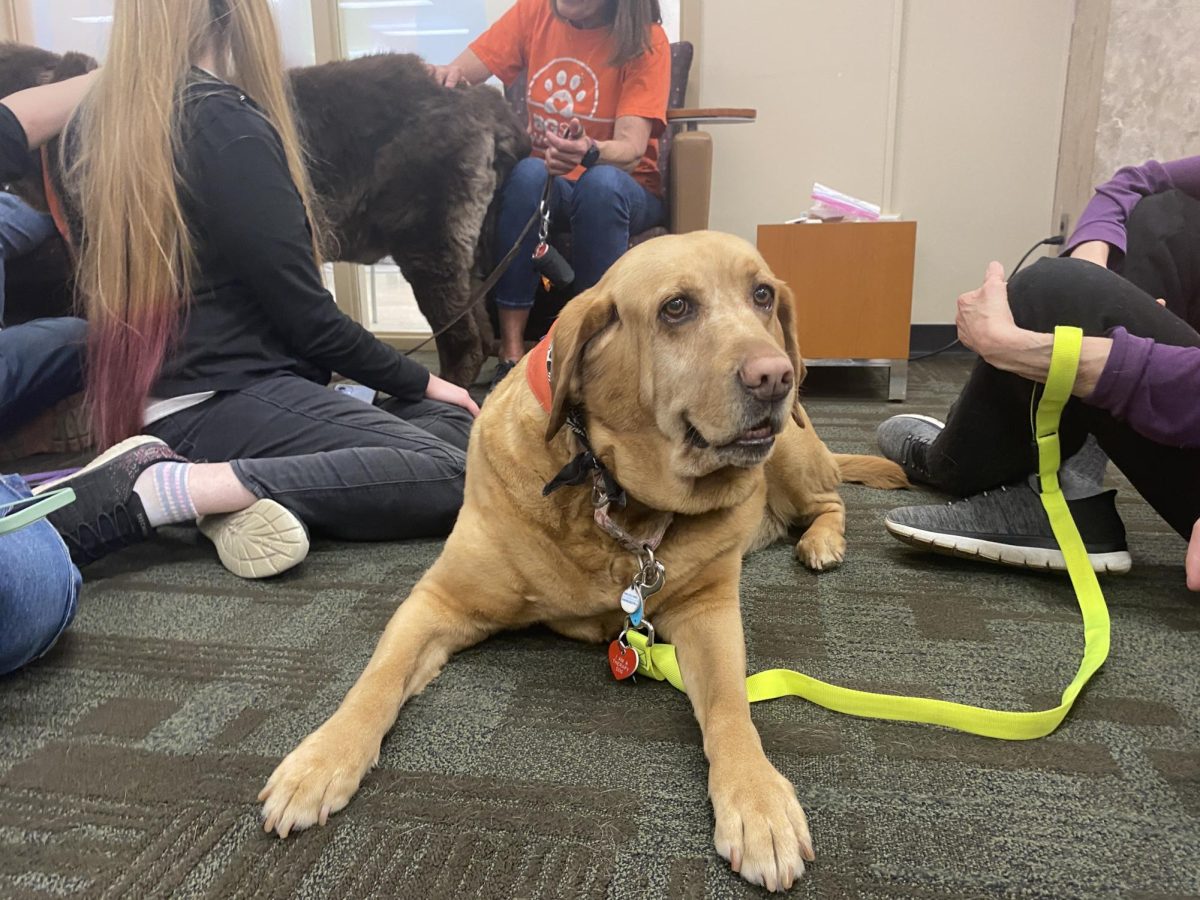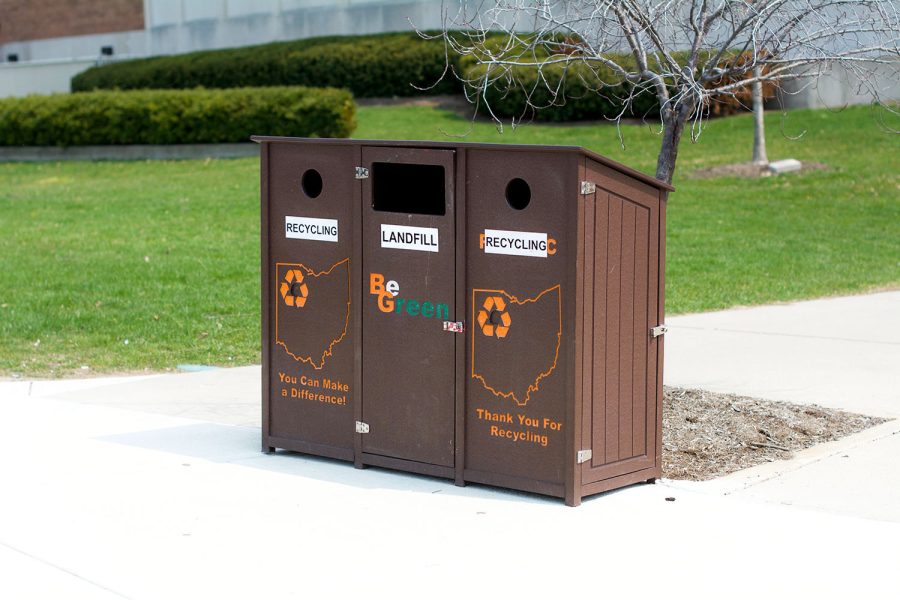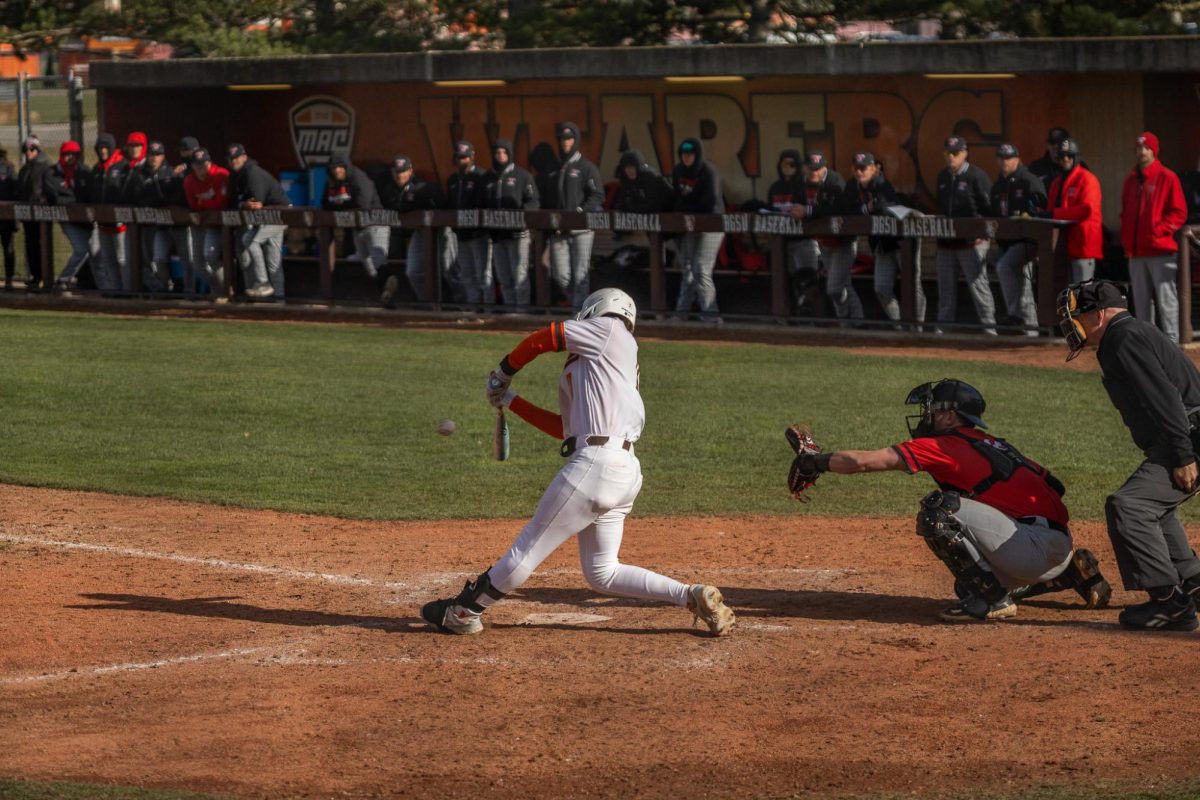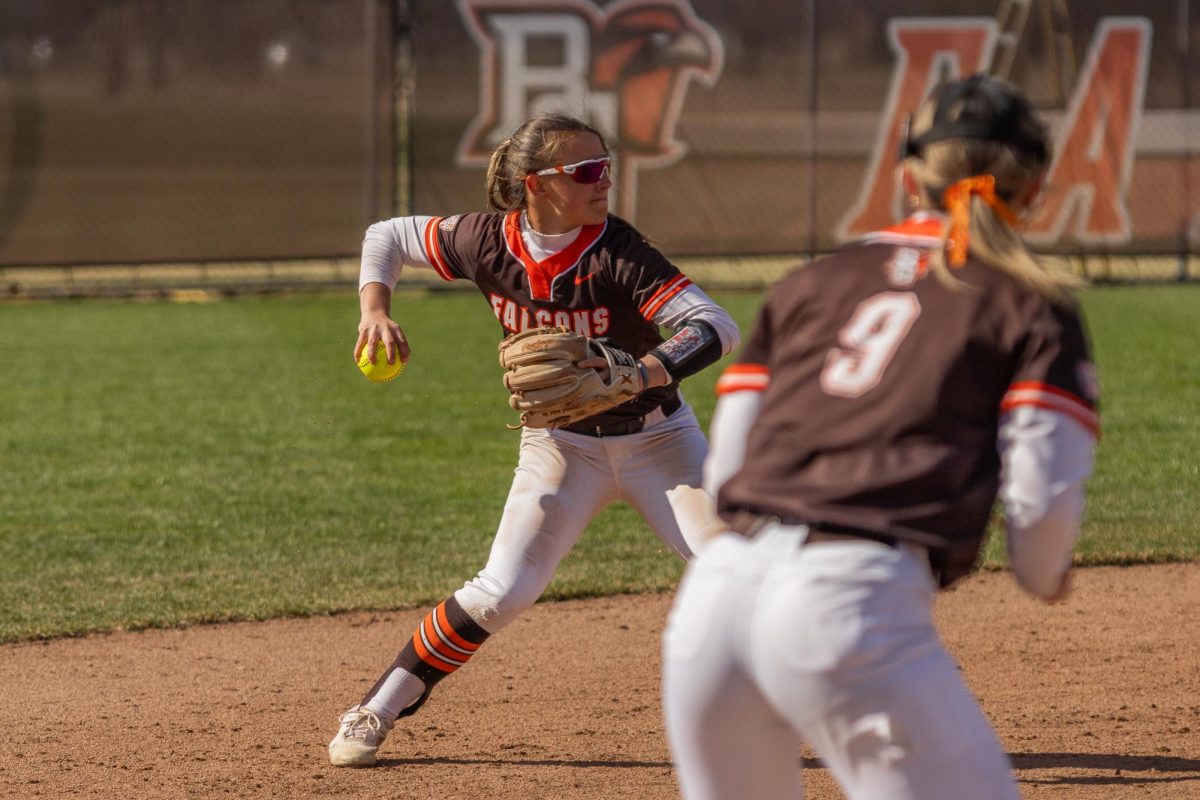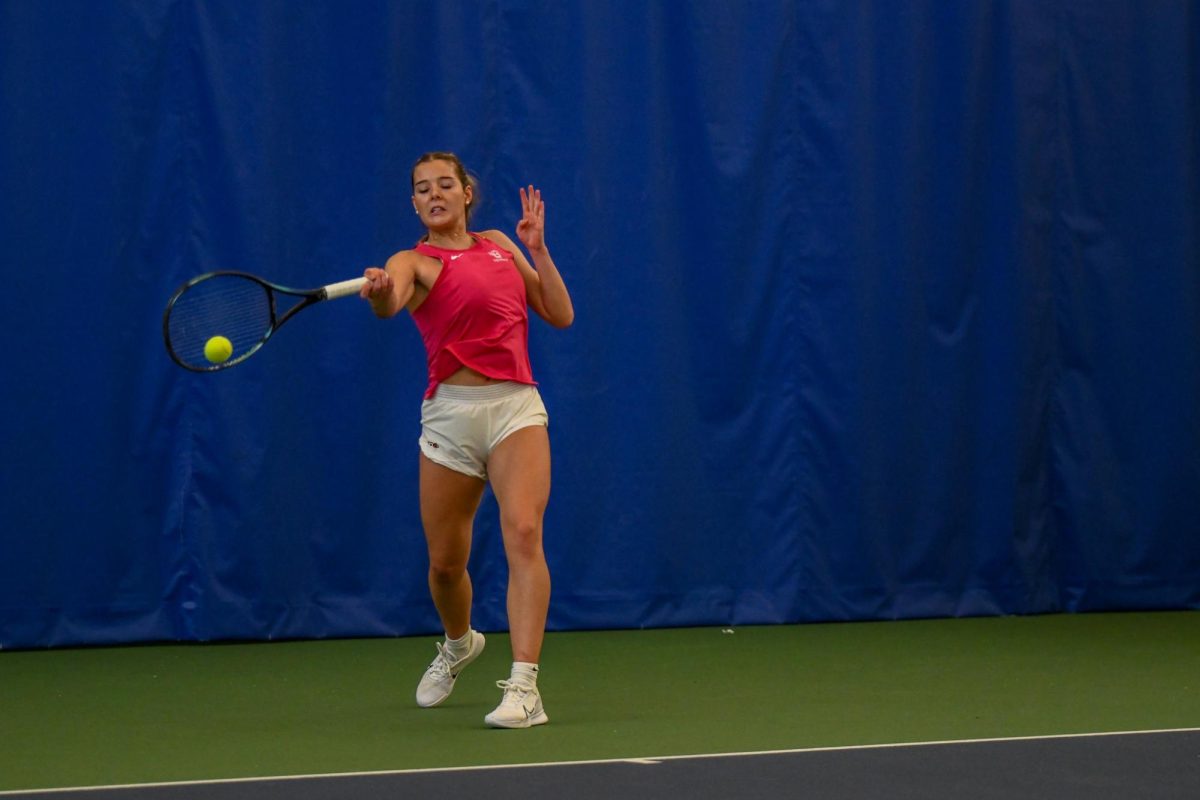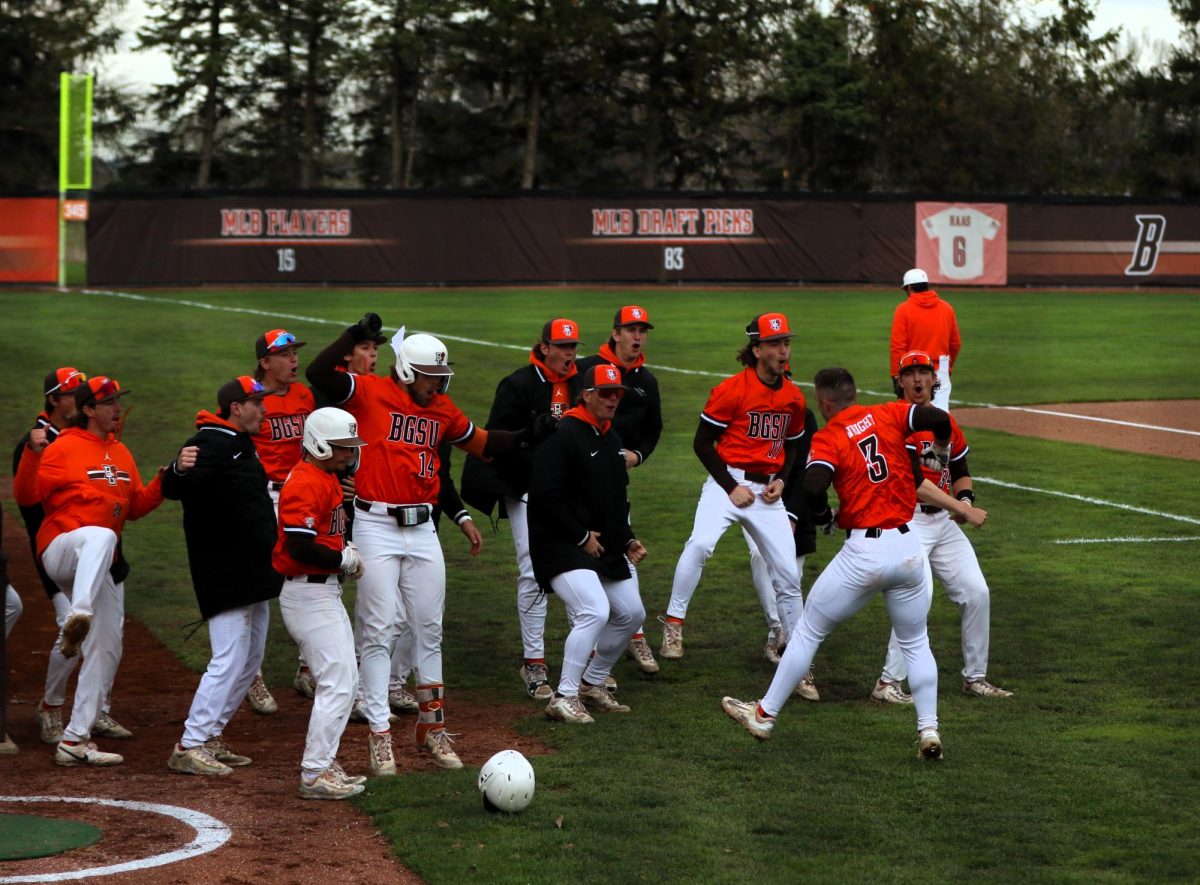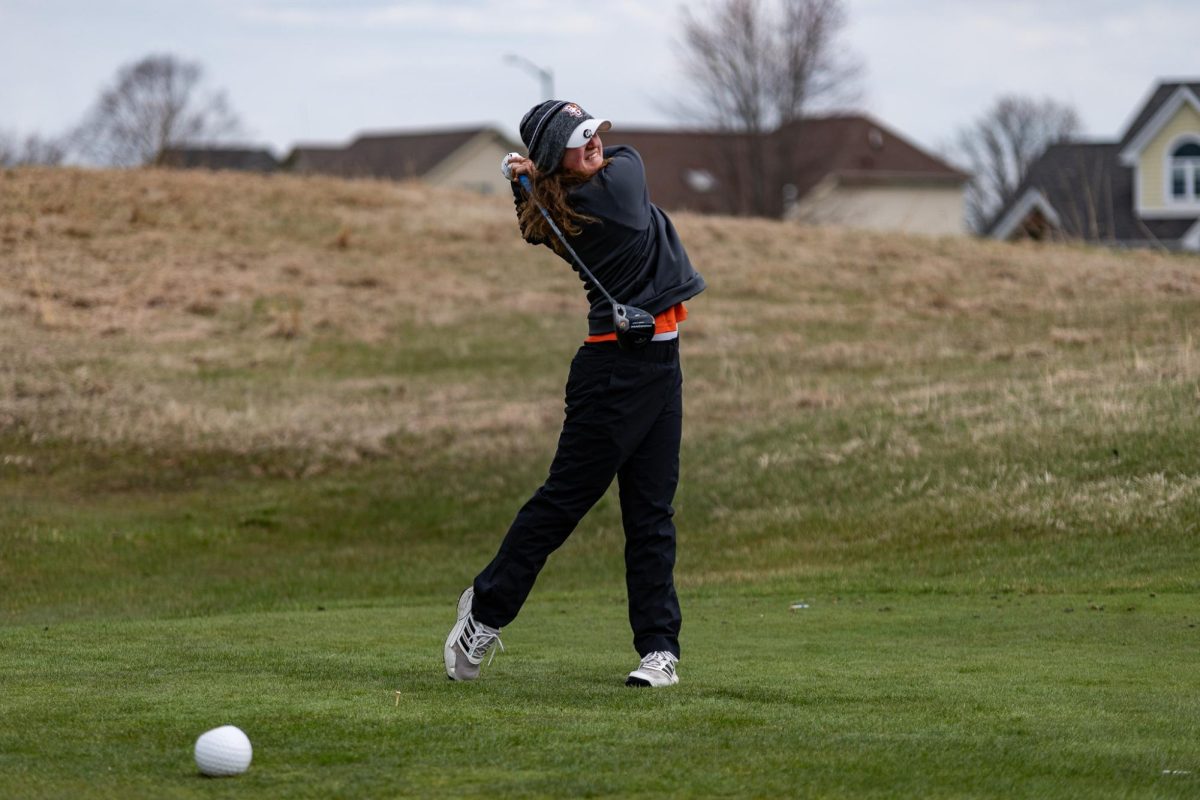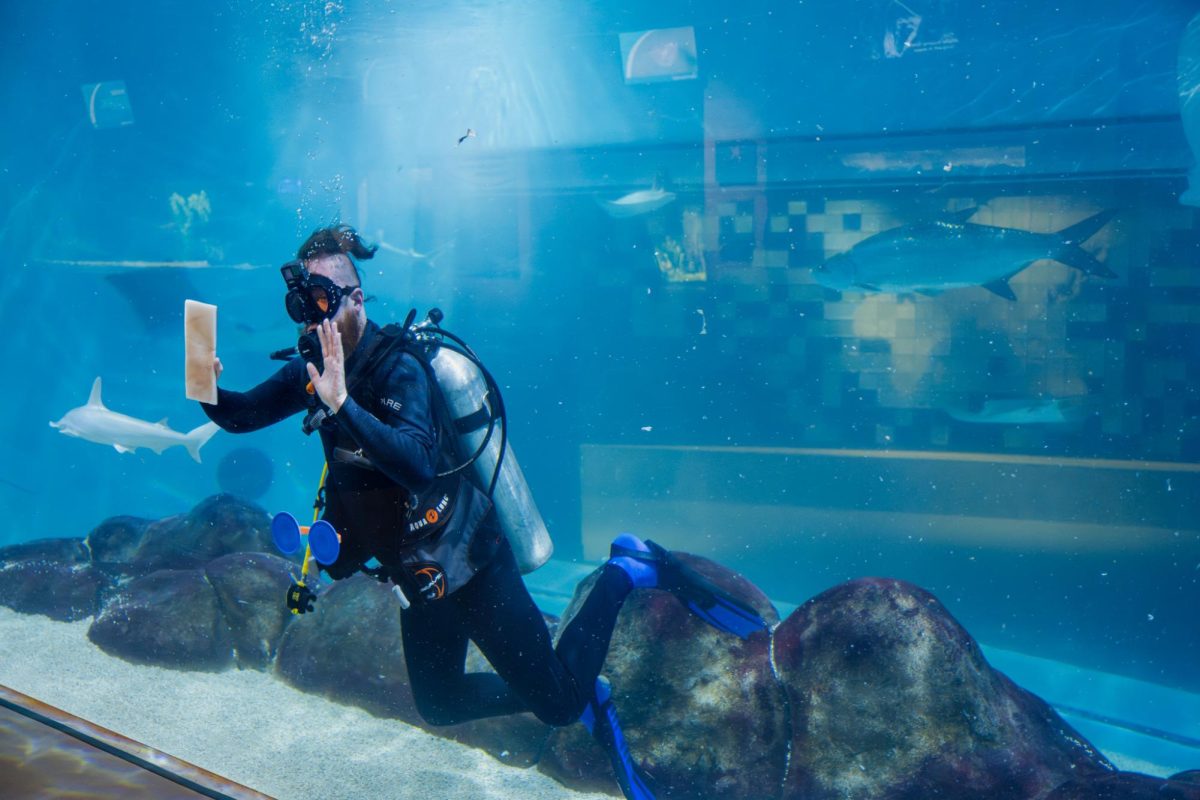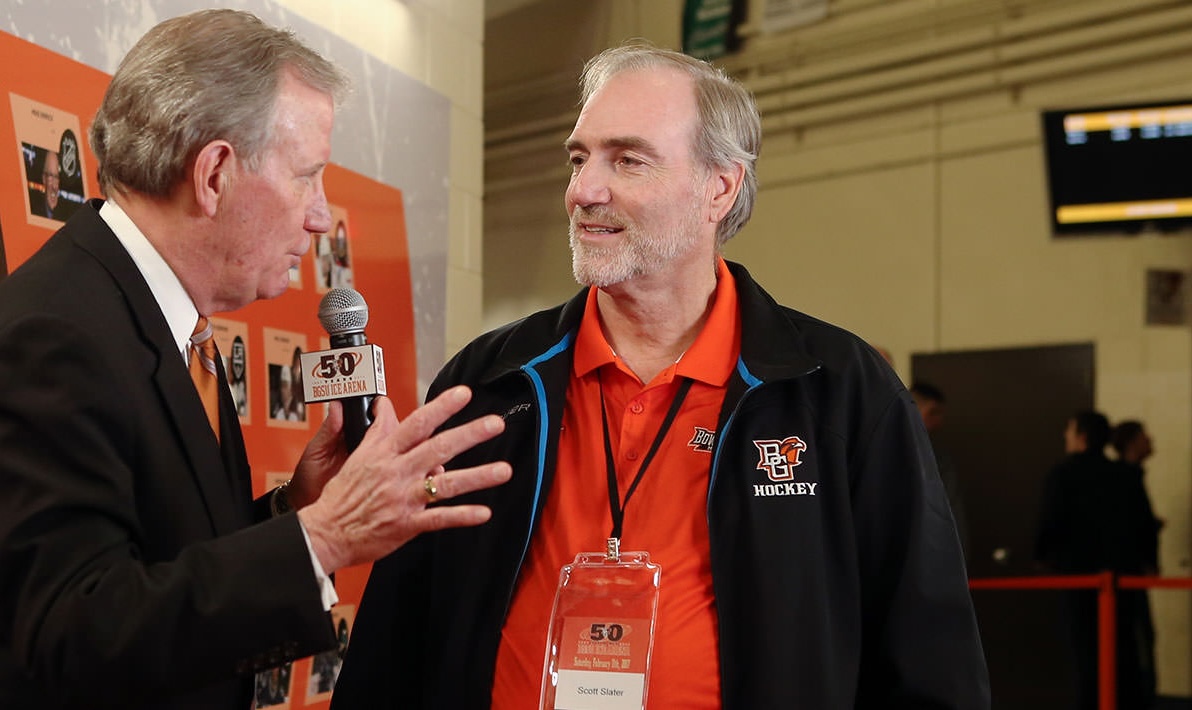Attending classes, completing homework, and studying for exams can transform a regular week into a stressful schedule.
Internships, jobs, on-campus organizations and maintaining a social life are added factors that students must balance throughout their college experience.
Students may spend their after-class free time napping, grabbing a beer or binge watching Netflix, but for student-athletes, the balancing act leaves little time for relaxation.
Some student-athletes may be so involved in school and sports that their schedules do not allow any time for part time jobs or on-campus activities.
Time and effort that isn’t put into schoolwork is fused into athletics, but the lack of experience in jobs shouldn’t limit them, said advisor Kerry Jones.
“In my opinion, students are still getting the transferable skills they need – it’s just in a different way,” she said.
Student-athletes can participate in camps and conferences as well as being a part of a diverse organization.
“If you ask a lot of employers, they’re looking for people with leadership, and time-management skills. Student-athletes have gained those skills from their programs,” she said.
One athlete who has gained the skills Jones described is Patricia Holt, co-captain for the University’s women’s golf team.
“A normal day consists of waking up and working out for an hour, practicing for an hour, eating lunch and showering, volunteering for an hour, attend class for 3 hours, come home and eat dinner – by that time it’s 8 p.m.,” she said.
Jones said being a successful student-athlete is possible; it is all about strategic planning and assessing priorities.
Holt has mastered that ability to participate in golf and complete her degree requirements.
Holt who has completed a BG Athletics practicum, a journalism internship, sports management internship and now volunteers with internal affairs for the University’s athletic department, said that making time for it all is difficult with her irregular practices.
“It is definitely busy and hard at times, but my coach has been really good, especially this semester, with giving us check sheet practices that we can complete on our time,” she said.
Holt advises fellow busy student-athletes to figure out their priorities and schedule around them.
Carmen Young, president of the Student Athlete Advisory Committee, agrees with her, saying, “Give yourself a time limit then work as efficiently as possible to get it done … I think it’s really important to get into as much [of] a routine as possible and allow yourself some free time to spend with your friends.”
One thing the student-athletes don’t have to worry about is scheduling as they have priority scheduling. This allows them to work around practice times and travel schedules.
“Many athletes are practicing at least 20 hours a week and take at least between 13 and 17 credit hours. Some athletes take internships during the summer when their schedule opens up, and if not they at least hold a summer job,” she said.
“Use your sport as a getaway from the crazy outside world – focus all your energy on that as well,” Young said when asked what advice she would give student-athletes.




